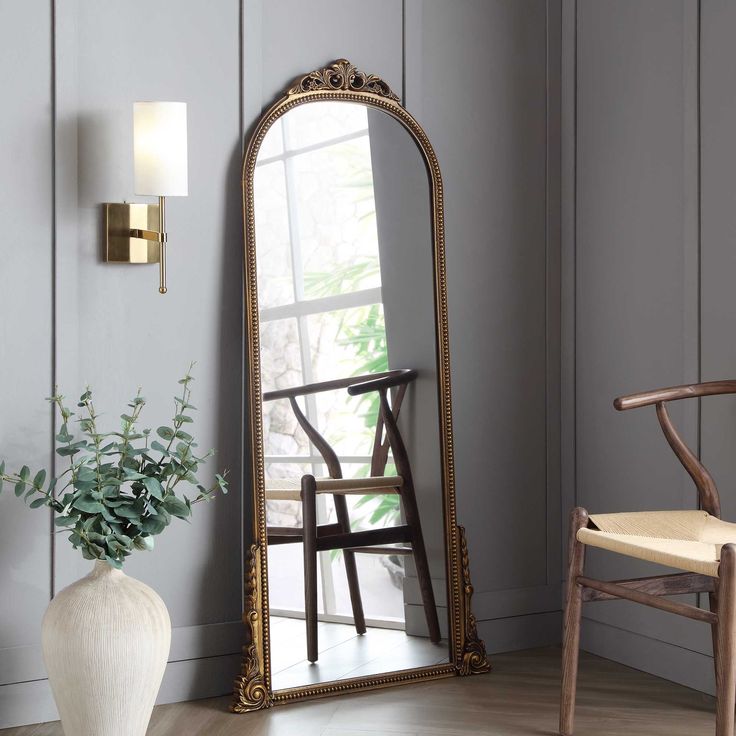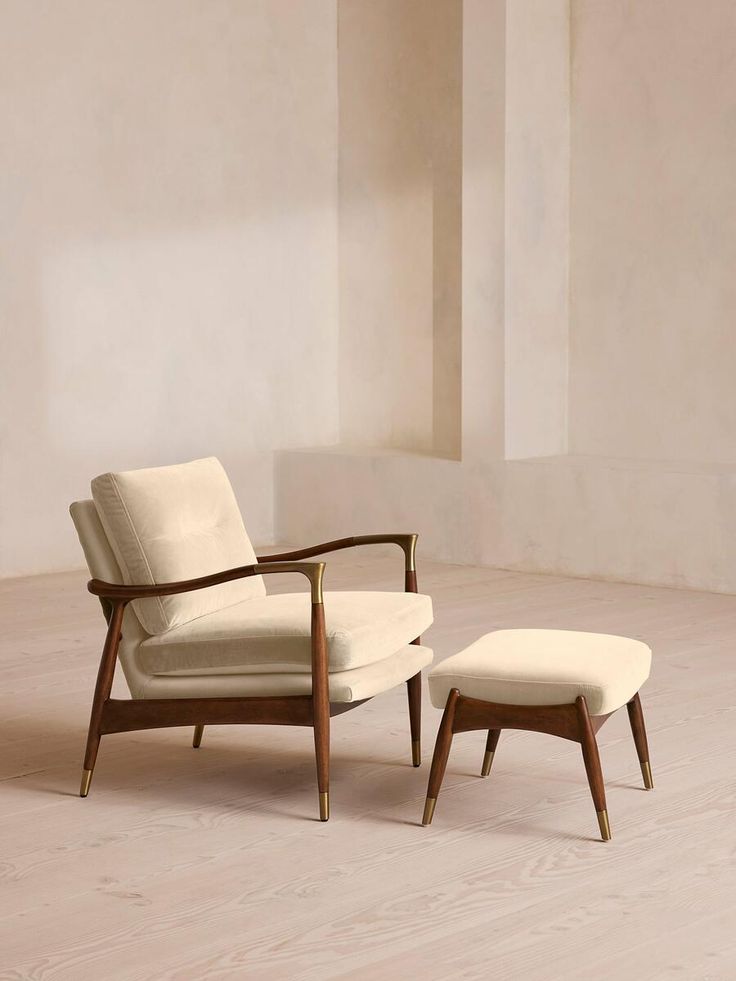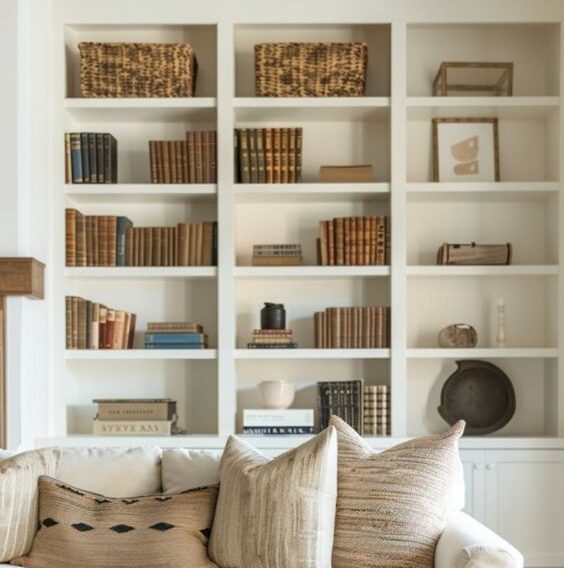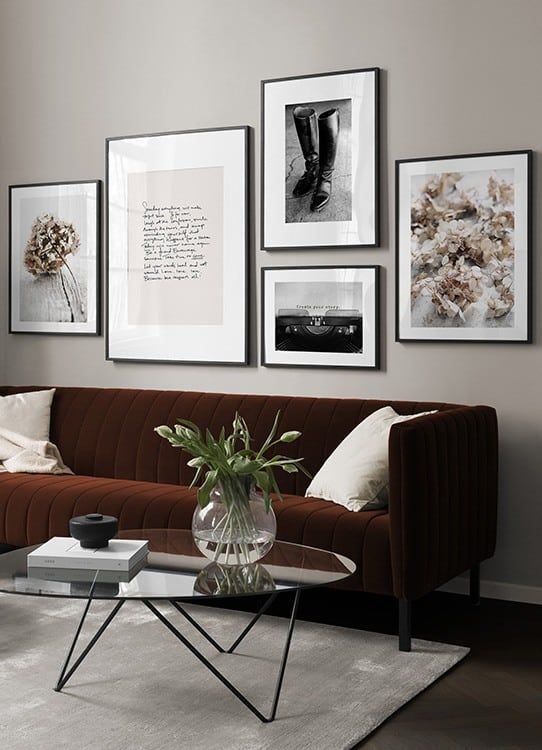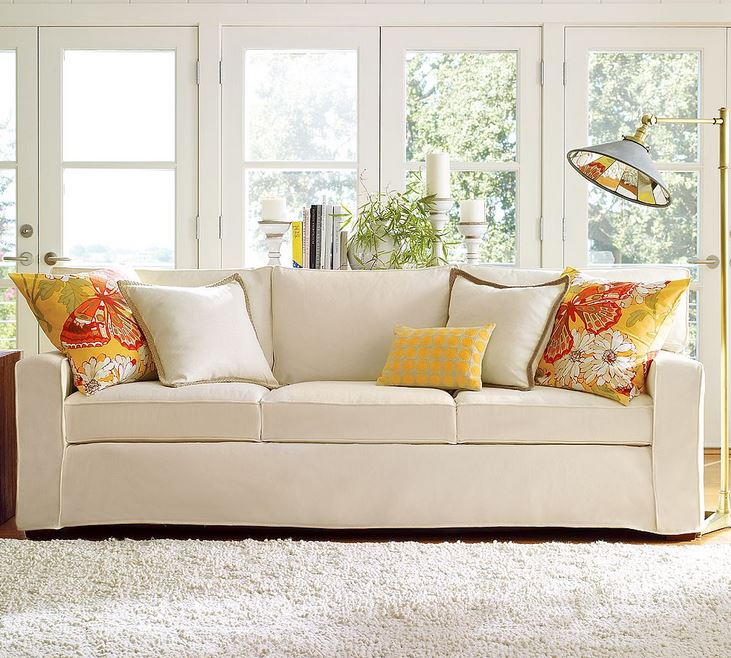
We can’t all live in luxurious homes with ample space for all your furniture. Therefore it’s important that you utilise the space that you do have in order to make a smaller space appear bigger.
Here are five ways to do just that – ranging from the everyday to the more adventurous.
1. Light and Bright
The conventional wisdom says ‘stick a mirror on the wall’ and you get the illusion of a room twice the size, and while that can be effective, you need to be careful that it doesn’t simply reflect back how small the room really is.
Alternative options are to use light but non-reflective surfaces, so rather than looking at a reflection of the room, you simply get a sense that the space as a whole is brighter and airier, rather than feeling dark and closed-in.
2. Minimalism
Remember that minimalism doesn’t mean everything has to be small – it can equally be about having a few large items that make the best use of the space.
For example, you might want to steer clear of having a huge darkwood wardrobe in a small bedroom; but even in a small room, it might be worth sacrificing a little floor space for a comfortable armchair, whose lower profile and instant usability make it less imposing than a boxy wardrobe or tallboy.
3. Follow the Lines
Building on the concept of minimalism, identify the lines of length in your room and work along them – a galley kitchen is a good example of how this can make a small space very practical, but it doesn’t have to feel quite so ‘striped’ as that.
It may even be that you get the most useful layout by working across the width of the space, with a bed or sofa that runs from wall to wall, so be flexible in recognising what will work best; the main thing is to remember you’re not going to be able to have a bed or table in the middle of the room and still be able to walk around it, so don’t try to force it if it just won’t fit.
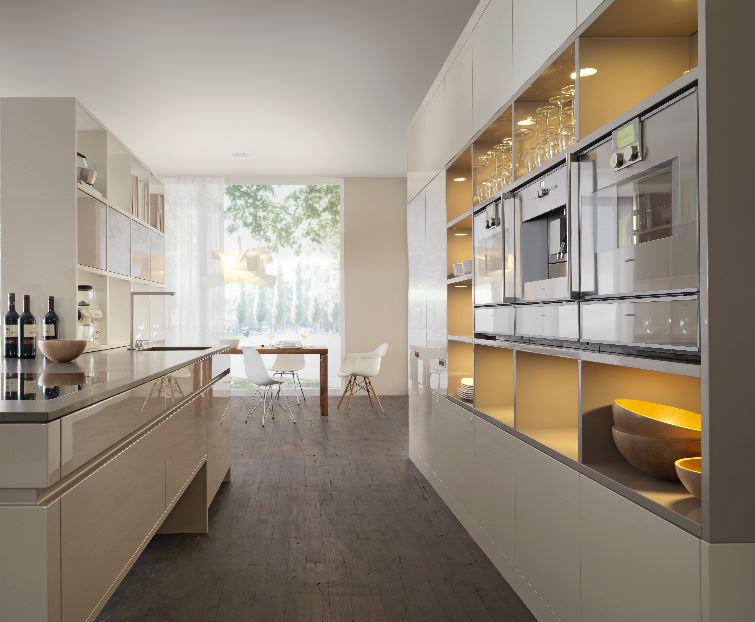
4. Head Space
If your floor space is limited, look up for opportunities to create extra usable space at head height or even higher.
High ceilings are a perfect opportunity to maximise the usefulness of a room – think bookcases with rolling ladders, for example – so if you can’t build out, have a think about whether or not you can build up instead.
5. Forced Perspective
OK, you’re probably not going to use the old Hollywood trick of painting a scene with false or ‘forced’ perspective on to your wall – and it could prove confusing if you did.
But you can create a sense of perspective by hanging artwork or placing a statement piece of furniture along a natural eyeline within the room, thus drawing your gaze towards it.
When the artwork or furniture is at the far side of the room, you can make sure people’s eyes are focused on the distance, rather than on any closer items, effectively tricking the brain into recognising the largest dimensions of even the smallest room.
If you’d like anymore information on our range of sofas, chairs and stools call us on 0161 737 1600 or click here!





